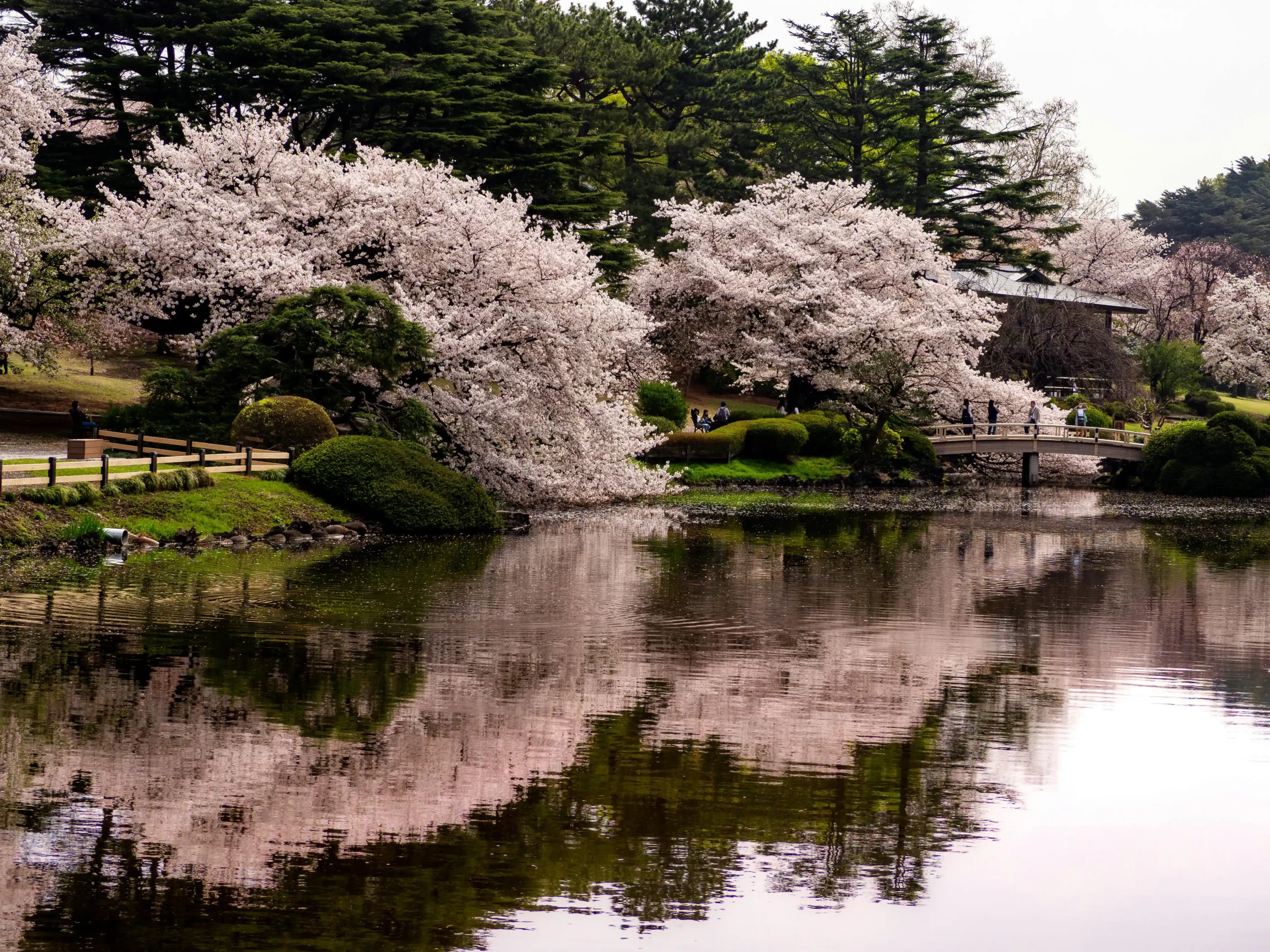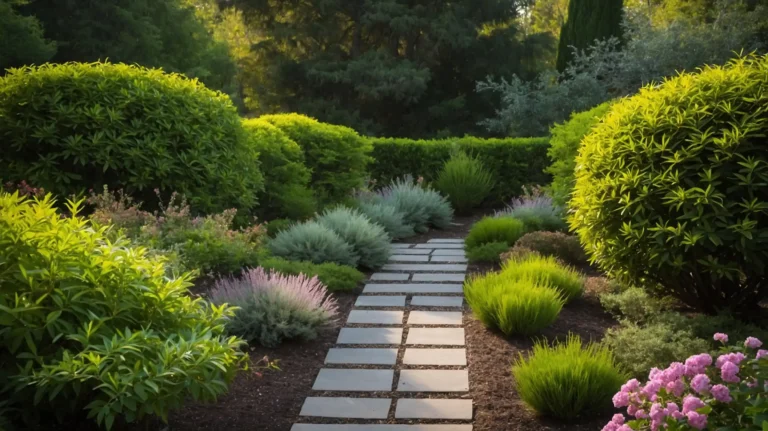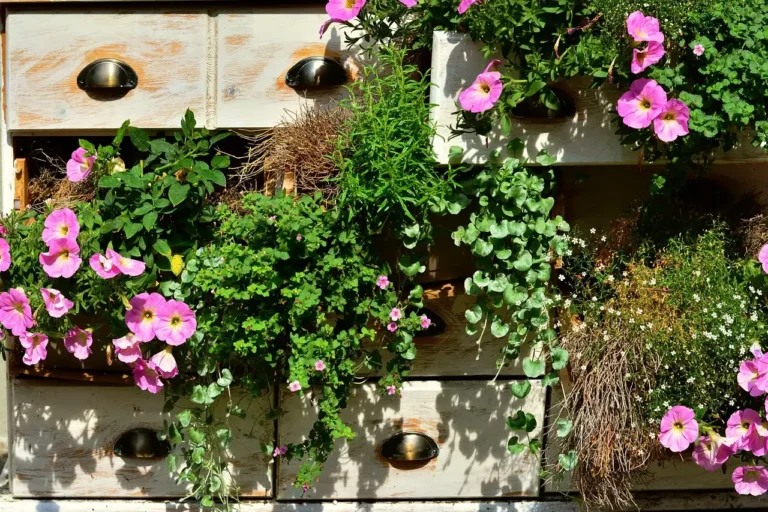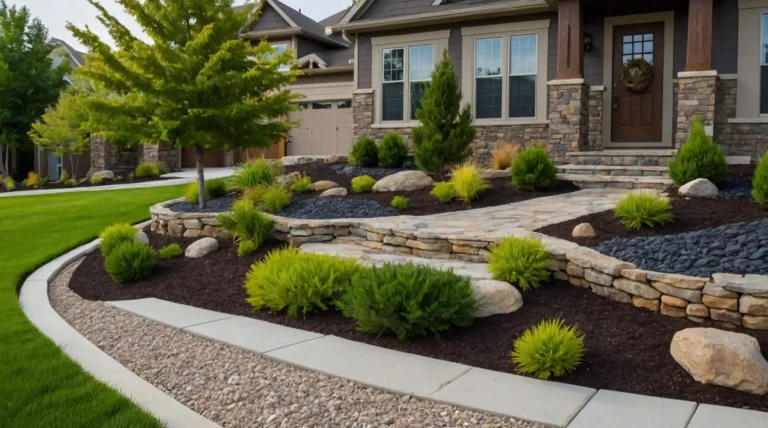How to Make a Japanese Garden
You want to create a peaceful retreat that soothes your soul? A Japanese garden offers tranquility and natural beauty right in your backyard.
You’ll discover how ancient design principles can transform any space into a meditative sanctuary that brings harmony to your daily life.
Understand Japanese Garden Philosophy
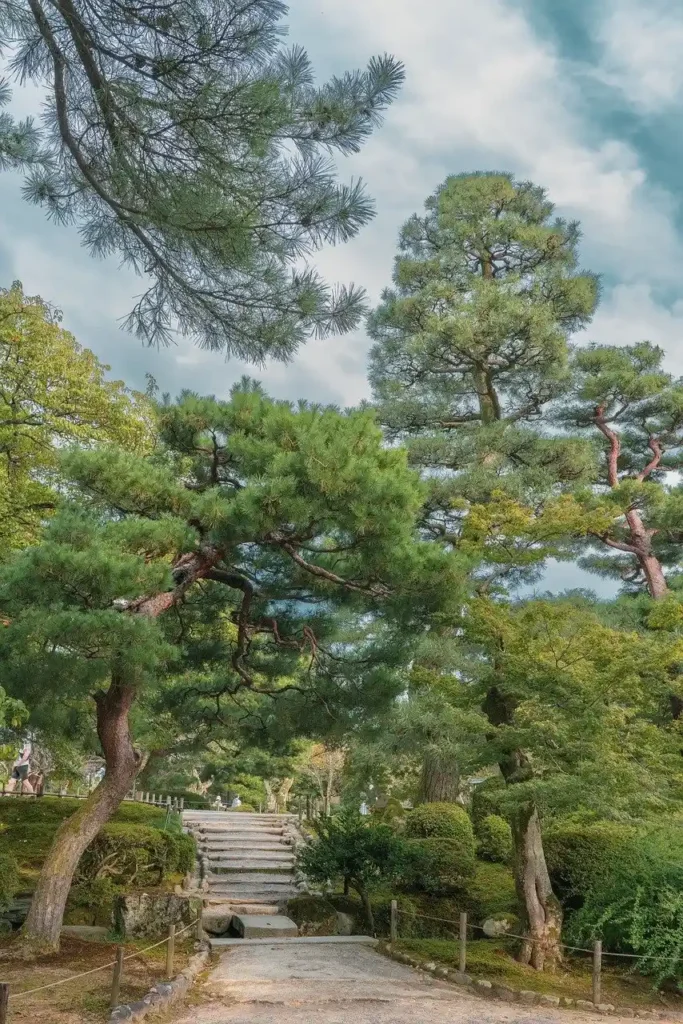
Japanese gardens focus on creating harmony between humans and nature. Every element should serve a purpose and contribute to the overall sense of peace.
You’re not trying to dominate the landscape – instead, you work with natural elements to create balance and serenity.
Embrace the concept of “less is more.” Japanese gardens achieve their beauty through restraint and careful selection rather than overwhelming abundance.
You’ll find that removing unnecessary elements often creates more impact than adding them.
Consider the principle of asymmetry in your design. Japanese aesthetics favor odd numbers and unbalanced compositions that feel more natural.
Three rocks look better than four, and a path that curves gently feels more organic than a straight line.
Choose Your Garden Style
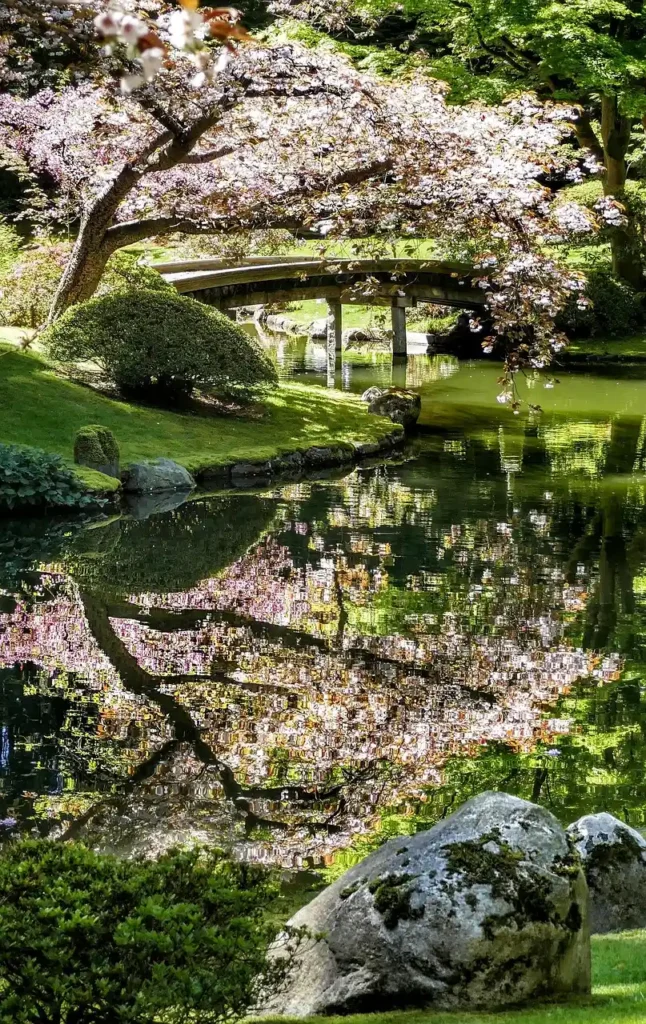
Zen gardens emphasize meditation and simplicity. You’ll use gravel, sand, and carefully placed stones to represent water and mountains.
These dry landscapes require minimal maintenance and work well in small spaces or courtyards.
Tea gardens create a journey toward a central tea house or seating area. You’ll design a winding path that gradually separates visitors from the outside world.
Include a water basin for ritual cleansing and stepping stones that control the pace of movement.
Stroll gardens invite exploration through varied landscapes. You’ll create different scenes that unfold as people walk through your space.
Include bridges, lanterns, and multiple viewpoints that reveal new perspectives with each step.
Design Essential Elements
Water brings life and movement to your Japanese garden. You don’t need a large pond – even a small fountain or bamboo water feature creates the soothing sound of flowing water.
Position water elements where you can see and hear them from seating areas. Rocks and stones form the backbone of Japanese garden design.
Choose weathered stones with interesting textures and arrange them in odd-numbered groups.
Large rocks can represent mountains, while smaller stones create pathways or dry stream beds.
Plants should complement rather than dominate your design. Select species with different textures and subtle seasonal changes.
Evergreens provide year-round structure, while deciduous plants offer gentle seasonal transitions.
Select Appropriate Plants
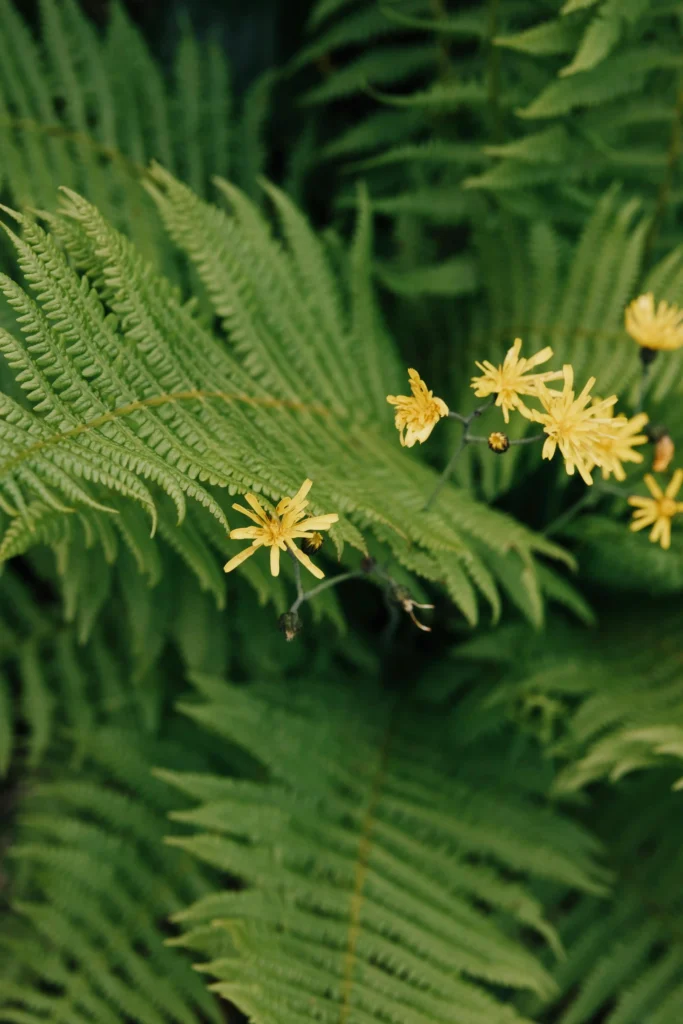
Japanese maples create stunning focal points with their delicate leaves and graceful branching patterns.
You’ll enjoy their spring colors, summer shade, and spectacular fall displays. Choose varieties that suit your climate and space constraints.
Bamboo adds vertical interest and gentle movement in breezes. Clumping varieties stay contained better than running types.
Use bamboo to create privacy screens or background plantings that frame other garden elements.
Moss and ferns thrive in shaded areas and create soft, textured carpets. You can encourage moss growth by keeping areas moist and removing competing weeds. These plants add an ancient, timeless quality to your garden.
Include flowering plants sparingly. Cherry blossoms, azaleas, and camellias provide seasonal interest without overwhelming the subtle palette.
Choose plants that bloom at different times to extend the season of gentle color.
Create Focal Points and Pathways
Stone lanterns serve both decorative and functional purposes. Position them at path turns, near water features, or beside seating areas.
Traditional lanterns use candles, but you can adapt them for electric lighting if needed. Design pathways that encourage slow, mindful movement.
Use stepping stones with varying sizes and spacing to naturally control walking pace. The journey through your garden should feel deliberate and peaceful.
Build simple wooden bridges over dry stream beds or small water features. Position benches or simple seating where you can contemplate specific views.
These structures create transition points and photo opportunities while adding vertical interest to your landscape design.
Orient seats toward your most beautiful garden elements – perhaps a reflection pond or perfectly shaped tree.
Maintain Your Garden’s Serenity

Japanese gardens require regular but gentle maintenance. You’ll need to rake gravel patterns, trim plants carefully, and remove fallen leaves promptly.
This ongoing care becomes a meditative practice itself. Prune plants to maintain their natural shapes rather than forcing geometric forms.
Japanese pruning techniques emphasize the plant’s essential character while removing excess growth. Learn basic techniques for your specific plant types.
Keep pathways clear and water features clean. Replace worn stepping stones and repair any damage promptly.
Your garden should always feel well-cared-for and welcoming to contemplation.
Adjust your garden seasonally. Rake new patterns in gravel areas, replace seasonal plantings thoughtfully, and ensure lighting elements work properly for evening enjoyment.
Conclusion
Creating a Japanese garden transforms your outdoor space into a peaceful sanctuary that nurtures both body and spirit.

